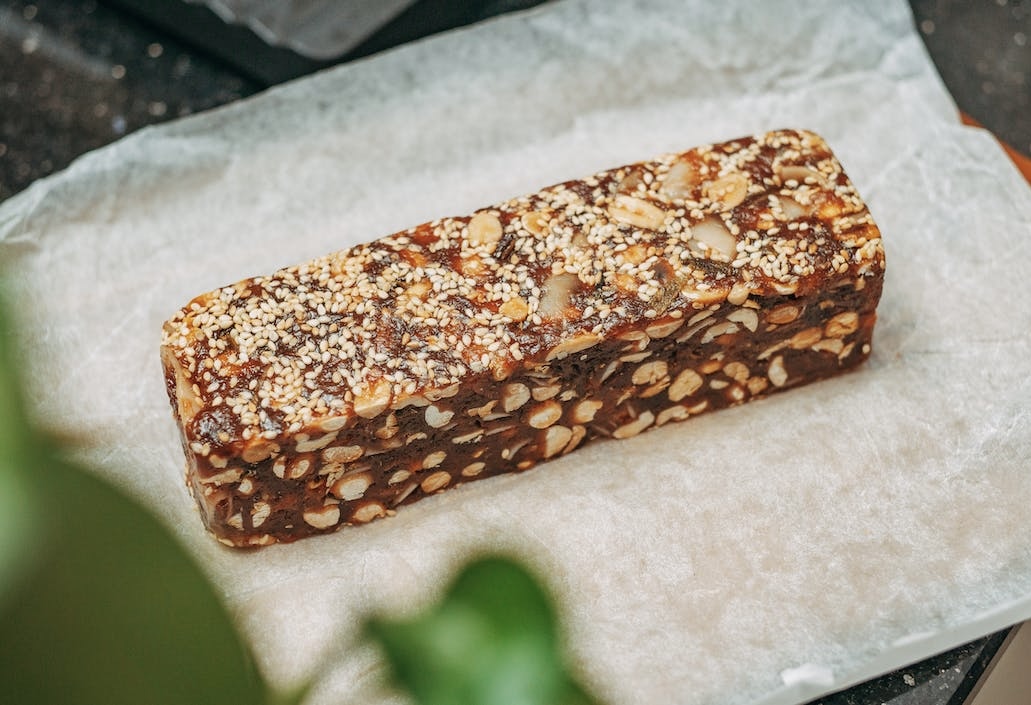Sublimation Printing on Shirts at Home: A Complete Guide

Sublimation printing is a fantastic way to create high-quality, long-lasting designs on shirts. Unlike traditional printing methods, sublimation involves transferring dye into the fabric rather than printing on the surface, resulting in vibrant and durable prints. If you want to start custom sublimation printing near me on shirts at home, this guide will walk you through the process, necessary materials, and tips to achieve professional results.
What is Sublimation Printing?
Sublimation printing is a heat-transfer process that turns dye into a gas without passing through a liquid phase. The dye bonds with polyester fibers, resulting in a permanent, fade-resistant print. Because of this, sublimation works best on polyester-based shirts or polyester blends with a high polyester content.
Benefits of Sublimation Printing at Home
- Vibrant and Long-Lasting Prints – The dye fuses with the fabric, making it resistant to fading, cracking, or peeling.
- No Feel on Fabric – Unlike screen printing or vinyl, sublimation does not leave a raised texture on the shirt.
- Unlimited Colors and Designs – You can print intricate designs with multiple colors without extra cost.
- Cost-Effective for Small Batches – Ideal for DIY projects, small businesses, or personalized gifts.
Materials Needed for Sublimation Printing at Home
Before starting, ensure you have the right equipment and materials:
- Sublimation Printer – A dedicated sublimation printer (e.g., Sawgrass SG500, Epson EcoTank converted for sublimation) is essential.
- Sublimation Ink – Special dye-based ink designed for sublimation.
- Sublimation Paper – A transfer paper that holds sublimation ink before heat pressing.
- Heat Press Machine – Required to apply heat and pressure to transfer the design onto the shirt.
- Polyester Shirts – 100% polyester or at least 65% polyester blends for best results.
- Heat-Resistant Tape – To secure the sublimation paper and prevent shifting.
- Butcher Paper or Teflon Sheet – To protect the heat press from ink transfer.
- Lint Roller – Removes any dust or fibers before pressing.
Step-by-Step Sublimation Printing Process
Step 1: Create or Choose a Design
Use graphic design software like Adobe Photoshop, Canva, or CorelDRAW to create your design. Make sure the colors are vibrant, and the design is mirrored (flipped horizontally) before printing.
Step 2: Print Your Design on Sublimation Paper
Load the sublimation paper into your sublimation printer. Print using the highest quality settings for best results. Ensure you use sublimation ink for accurate color reproduction.
Step 3: Prepare the Shirt for Printing
- Preheat your heat press to around 385°F–400°F (195°C–204°C).
- Use a lint roller to remove any dust or fibers from the shirt.
- Place a piece of butcher paper inside the shirt to prevent ink from transferring to the back.
Step 4: Position the Design on the Shirt
- Align the printed sublimation paper (printed side down) on the shirt.
- Secure it with heat-resistant tape to prevent shifting.
Step 5: Press the Design onto the Shirt
- Cover the sublimation paper with another sheet of butcher paper or Teflon sheet.
- Close the heat press and apply firm pressure for 45–60 seconds at 385°F–400°F.
- Open the press and carefully remove the paper while still warm.
Step 6: Let the Shirt Cool and Enjoy
Allow the shirt to cool for a few minutes. The design is now permanently fused into the fabric, leaving a professional-quality print.
Common Issues and Troubleshooting
- Faded Prints: Ensure you’re using a polyester shirt and applying enough heat and pressure.
- Ghosting (Blurred Edges): Secure the paper firmly with heat-resistant tape to prevent movement.
- Dull Colors: Make sure you are using the correct printer settings and high-quality sublimation ink.
- Burn Marks: Reduce temperature or pressing time if the fabric appears scorched.
Tips for Best Results
- Use High-Quality Images: A high-resolution image (300 DPI or more) ensures sharp and clear prints.
- Experiment with Temperature and Time: Different brands of shirts may require slight adjustments.
- Work in a Well-Ventilated Area: Sublimation ink fumes can be strong, so ensure proper air circulation.
- Keep Your Equipment Clean: Regularly clean the heat press and printer to avoid ink buildup.
Conclusion
Sublimation printing at home is a fun and rewarding process that allows you to create unique, high-quality shirts with ease. With the right materials and proper techniques, you can achieve professional results and even start a small business. Whether you're making personalized gifts or custom apparel, sublimation printing opens up endless creative possibilities.
What's Your Reaction?
























